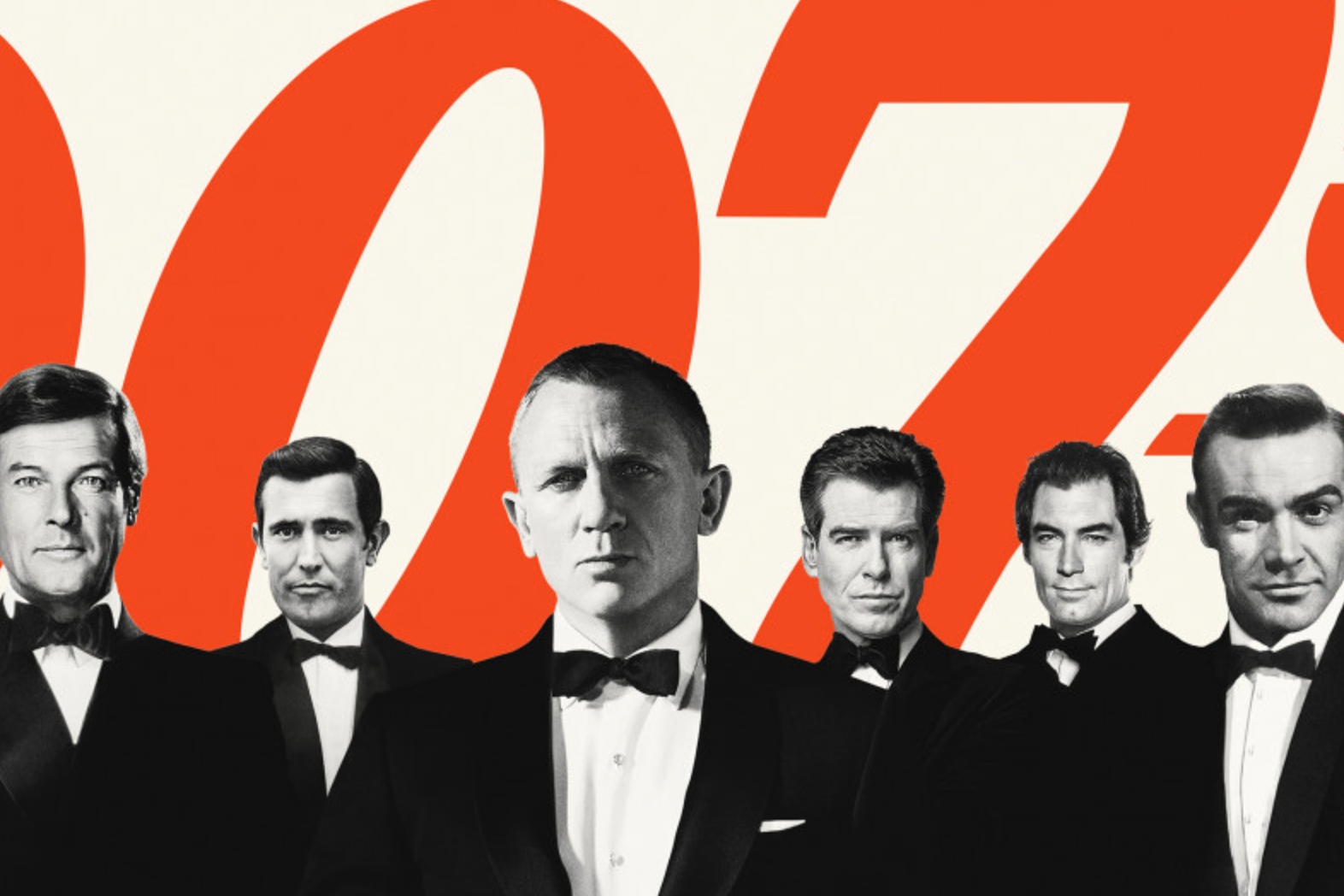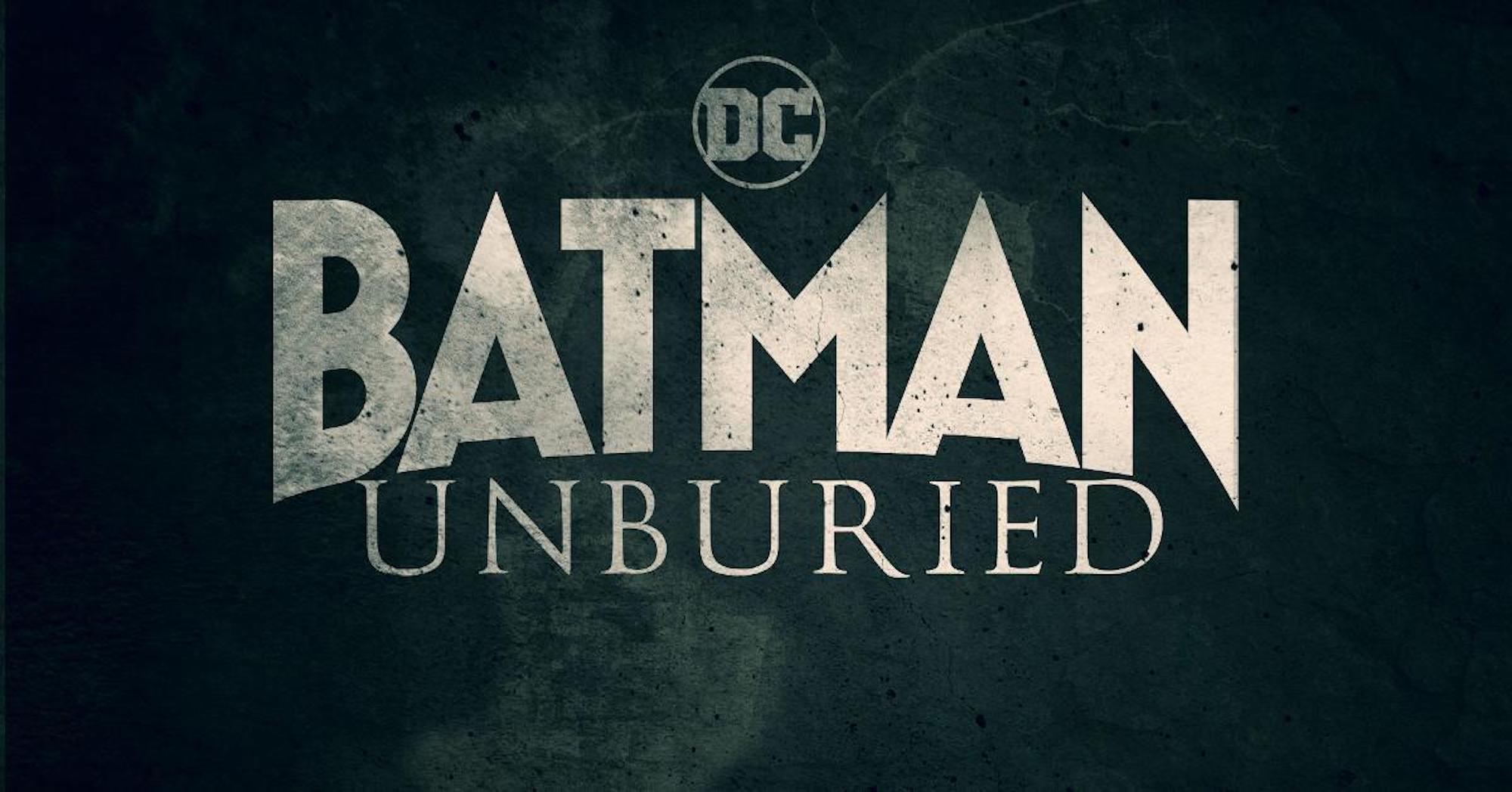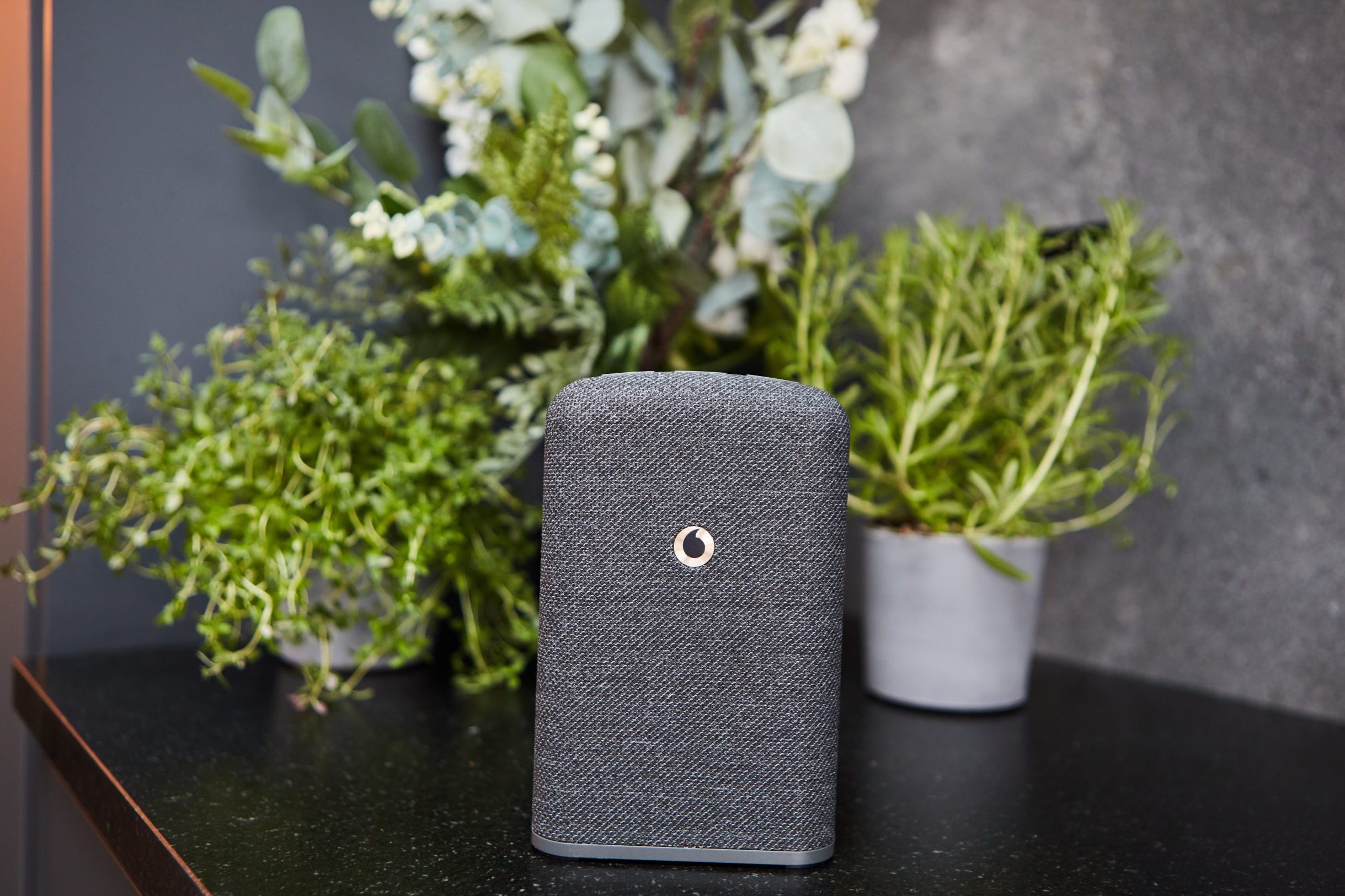
You can now watch cinema’s most famous secret agent as much as you like: here’s our guide to all 25 official Bond films.
The days of patiently waiting for bank holidays to roll around so you can catch your favourite Bond film on ITV are now quaint relics of the past. All 25 official James Bond films are now available to stream on Amazon Prime Video, so anyone can get their shaken-not-stirred mix of globetrotting, gizmos, goons and glossy gals whenever they like and as often as they like.
While there will never be a truly definitive ranking of the EON/Broccoli-produced 007 movies, as everyone’s everchanging tastes make the topic perpetual fodder for rainy day pub quarrels, our guide might still help you choose which ones to watch. Best of all, Vodafone UK Pay Monthly mobile customers can add Amazon Prime Video to their plans for a low monthly fee.
Connery
Connery’s performance as Bond is widely regarded as one of the series’ best and it’s not hard to see why. While the pacing and special effects from this era might seem dated, Connery’s effortlessly cool and assuredly relaxed screen persona is timeless.
Dr No, From Russia with Love and Goldfinger have all become pop culture landmarks, full of memorable quips and scenes that not only set the tone for the entire series but arguably set the template for the modern blockbuster. A wry and laconic hero, whizzbang gadgets, a solid cast of predictable, catchphrase-spouting supporting characters, farflung locations and luxuriously sophisticated vehicles – they’re all here.
The best of Connery’s films are those that benefit from a suitably memorable villain, such as the diminutive yet menacing Rosa Klebb in From Russia with Love or the eponymous scenery-chewer in Goldfinger. Thunderball and Diamonds Are Forever are both lacking in the nemesis department and are all the duller for it.
You Only Live Twice not only has Donald Pleasance as the glowering Blofeld, but has some crowd-pleasing outlandishness – ninjas attacking a rocket launchpad hidden inside a volcano, for example – that firmly distinguish the celluloid Bond from Ian Fleming’s original literary creation and would become much more prevalent in the Roger Moore era.
Lazenby
George Lazenby’s solo outing in On Her Majesty’s Secret Service (OHMSS) tends to be overlooked in favour of Connery’s films. While Lazenby does indeed lack the swagger and charm of the series’ other tuxedo wearers, OHMSS is notable for attempting to introduce pathos and personal growth to a character that had otherwise seemed content to drink, smoke and shag his way through the casinos, beach resorts and secret lairs of the world. For that reason alone, and despite its flabby plot, OHMSS is worth a gander.
Moore
Roger Moore’s tenure as Bond is renowned for planting tongue firmly in cheek, concocting a frequently camp mix of ridiculous set pieces and wince-inducingly cheesy double entendres.
Live and Let Die and Moonraker, as clearly hurried attempts of the day to cash in on Blaxploitation and space-set sci-fi films respectively, have both aged about as well as a beige safari suit with flares despite their memorably hulking henchmen (Baron Samedi and Jaws, respectively).
The martial arts-accented The Man with the Golden Gun almost falls into the same pit of tiredness, but is saved by the ominous presence of Christopher Lee’s villainous assassin (an actor who, incidentally, always refused to detail his own real-life wartime role as an intelligence agent).
Octopussy is a deeply drab and unmemorable affair, while A View to a Kill suffers both from Moore’s noticeably aged presence at the time and in failing to make the fullest possible use of the talents of Christopher Walken and Grace Jones.
The Spy Who Loved Me and For Your Eyes Only are arguably the best of Moore’s films, if only because of the memorably taut car chases involving a sleek Lotus Espirit and a humble Citroen 2CV respectively.
Dalton
Timothy Dalton’s brief two-film tenure is often unfairly maligned, but his stern and flinty performance arguably foreshadowed the Craig era by several decades. While neither are outright classics by any stretch of the imagination, The Living Daylights attempted to harken back to the derring do of the Connery era but without the campy daftness of Moore’s films, while License to Kill tried to give Bond a bit of personal depth. Even if it did plumb the series’ frequently visited plot wells of ‘furiously pursuing a personal vendetta’ and ‘going against M’s orders.’
Brosnan
At the time, Pierce Brosnan’s reign was seen as a return to form for the series and he does indeed come perilously close to capturing the same mix of likeable ruthlessness and quippy charm as Connery’s interpretation of the character.
Sadly for Brosnan, his Bond is often let down by some decidedly mixed filmmaking. Despite some cracking action sequences in both films, Tomorrow Never Dies suffers from a plot that’s just plain dappy (even by the standards of the series), while the screenwriters’ attempt in The World Is Not Enough to craft a sympathetic postmodern villain never really rings true.
Die Another Day, which marked the series’ 40th anniversary, is famed for going into gadget overdrive and nostalgic fanservice, but shouldn’t be entirely overlooked as Toby Stephens’ snarling villain is delightfully surly.
Goldeneye is by far the best of Brosnan’s tenure, deftly mixing high-spirited action sequences with a palpable post-Berlin Wall atmosphere. The only letdown is Sean Bean, arguably miscast as the villain.
Craig
The most recent Bond is a different beast from his predecessors. With the air of a cultured yet world-weary roughneck, Craig’s 007 is a shellshocked, brooding and almost reluctant warrior. At the risk of giving Craig’s tenure more thematic and dramatic weight than the screenwriters were actually capable of delivering, his Bond is battered and bruised by, and perhaps even sceptical of, the wetwork done in the name of queen and country.
Bond’s emotional tumult is just as integral to the enjoyability of Casino Royale and Skyfall as the bloody punch-ups, parkour and explosive pyrotechnics. They’re undoubtedly the finest films of the Craig era, which makes the excruciating boredom of Quantum of Solace and the haphazard gaggle of Bond film clichés in Spectre all the stranger and unsatisfying.
Craig’s swansong, No Time to Die, suffers from having a barely sketched-out villain, much like the other films of his era. It’s also a bit too predictable plotwise and doesn’t quite succeed in bringing Bond’s emotional story to a conclusion as there are one too many contrivances and loopholes. Still, Ana de Armas’ plucky sidekick is good fun.
But then the beauty of having the entire 007 series at your streaming fingertips is that you can mix and match your chosen favourites as you see fit.
Stay up-to-date with the latest news from Vodafone by following us on Twitter and signing up for News Centre website notifications.



